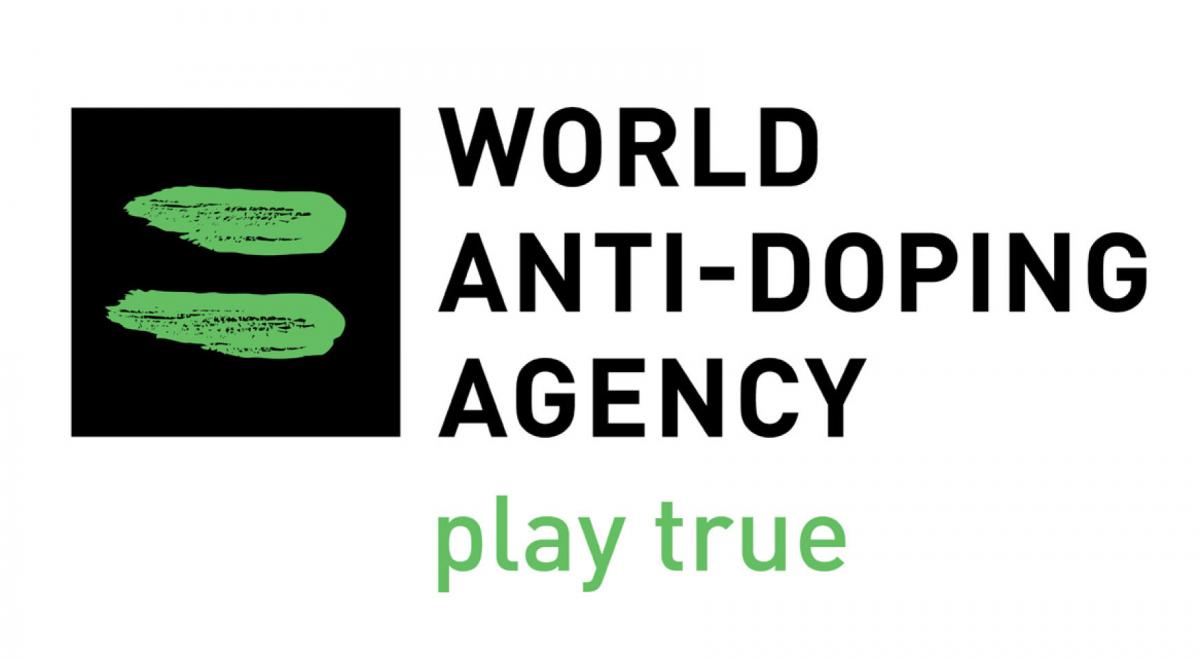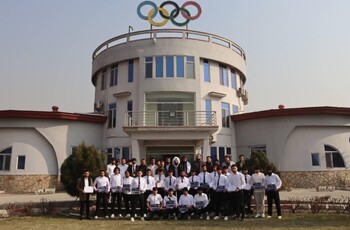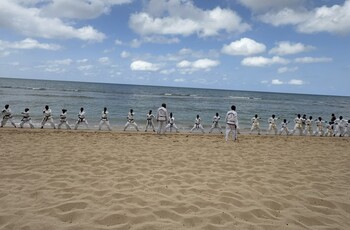International Taekwon‑Do Federation
Documents / Regulations
The ITF Anti-Doping Rules are based on the World Anti-Doping Code and have been adapted to Taekwon‑Do.
The World Anti-Doping Code is the core document that harmonizes anti-doping policies, rules and regulations within sport organizations and among public authorities around the world.
It works in conjunction with six International Standards which aim to foster consistency among anti-doping organizations in various areas: testing; laboratories; Therapeutic Use Exemptions (TUEs); the List of Prohibited Substances and Methods; the protection of privacy and personal information; and Code Compliance by Signatories.
This unified approach addresses problems that previously arose from disjointed and uncoordinated anti-doping efforts, including, among others: a scarcity and splintering of resources required to conduct research and testing; a lack of knowledge about specific substances and procedures being used and to what degree; and an inconsistent approach to sanctions for those athletes found guilty of doping.
One of the most significant achievements in the fight against doping in sport to date has been the drafting, acceptance and implementation of a harmonized set of anti-doping rules, the World Anti-Doping Code (Code). The World Anti-Doping Code (Code) works in conjunction with six International Standards aimed at bringing harmonization among anti-doping organizations in various technical areas, namely:
- Prohibited List
- Testing and investigations
- Laboratories
- Therapeutic Use Exemptions (TUEs)
- Protection of Privacy and Personal Information
- Code Compliance by Signatories
These Standards have been the subject of lengthy consultation among WADA’s stakeholders and are mandatory for all signatories of the Code.
International Standards
The World Anti-Doping Agency (WADA) is pleased to publish the 2021 World Anti-Doping Code (Code) and International Standards (Standards), which were approved by the Agency’s Executive Committee (ExCo) – as relates to the Standards – and Foundation Board (Board) – as relates to the Code – at the conclusion of WADA’s fifth World Conference on Doping in Sport on 7 November 2019. The 2021 Code and Standards are set to come into force on 1 January 2021.
1. Prohibited List
The Prohibited List identifies the substances and methods prohibited in- and out-of-competition, and in particular sports. The substances and methods on the List are classified by different categories (e.g., steroids, stimulants, gene doping).
The List of Prohibited Substances and Methods is available for download, and online reference.
2. Testing and investigations
The purpose of the International Standard for Testing and Investigations (ISTI) is to plan for effective testing and to maintain the integrity and identity of samples, from notifying the athlete to transporting samples for analysis.
The ISTI went into force on January 1, 2016.
Testimonials on Whereabouts
A number of sports and anti-doping organizations, as well as athletes, have publicly supported the current whereabouts system. Their statements and testimonials on whereabouts are available for download.
3. Laboratories
The purpose of the International Standard for Laboratories (ISL) is to ensure production of valid test results and evidentiary data and to achieve uniform and harmonized results and reporting from all accredited laboratories.
In addition, the ISL and its related Technical Documents specify the criteria that must be fulfilled by anti-doping laboratories to achieve and maintain WADA accreditation.
The current ISL, as well as the technical documents, went in force on January 1, 2015 and are available in the Resources section.
4. Therapeutic Use Exemptions
The purpose of the International Standard for Therapeutic Use Exemptions (ISTUE) is to ensure that the process of granting TUEs is harmonized across sports and countries.
The current ISTUE went into force on January 1, 2019.
5. Protection of Privacy and Personal Information
On 1 June, WADA published a revised International Standard for the Protection of Privacy and Personal Information (ISPPPI) that took effect immediately. The main purpose of the ISPPPI is to ensure that organizations and persons involved in anti-doping in sport apply appropriate, sufficient and effective privacy protections to personal data that they process.
In March 2018, WADA published a proposed ISPPPI, which was made available to stakeholders for consultation. The comments and suggestions were carefully assessed and taken into account as highlighted in a redline version of the revised ISPPPI.
On 16 May 2018, WADA’s Executive Committee approved the revised version of the ISPPPI, highlighting WADA’s ongoing efforts to ensure athletes’ data and corresponding rights are protected. The revised ISPPPI reflects the principles of the European Union’s new General Data Protection Regulation (GDPR) and promotes the highest data privacy standards currently available.
Below is a short summary of the main amendments contained in the revised ISPPPI:
- In Article 3.2, the definitions for “Security Breach” and “Sensitive Personal Information” were revised to align with the definitions in the GDPR.
- Revisions in Article 4 aim to ensure that Anti-Doping Organizations (ADOs) keep accurate records of their processing activities and are able to demonstrate their compliance with the ISPPPI.
- Revisions in Article 6 clarify the different legal bases on which personal data can be processed.
- Revisions in Article 7 aim to ensure that athletes are provided with all relevant information, including with whom their personal information is being shared, for how long and for what purpose, as well as who they can contact in the event they have a complaint or question regarding their information.
- Revisions in Article 9 specify how ADOs can maintain the security of the personal information in their possession, including maintaining records of security breaches and applying suitable contractual controls to third-party agents.
- Revisions in Article 11 clarify the rights of any individual concerning his or her personal information.
It should be noted that a number of stakeholders commented on the retention schedule in Annex A. As that table was created through a multi-stakeholder process in connection with a prior consultation, it was not under consideration for this revision. However, it will be circulated for consultation as part of the three-phase 2021 Code Review Process that is currently underway, which involves review of a number of International Standards. The second phase of the Code review and first phase of Standard review will be launched on 4 June 2018 and run until 14 September 2018. The entire Code and Standard review process culminates with approval at the next World Conference on Doping in Sport, which will be held in Katowice, Poland in November 2019 with the revised 2021 Code and Standards entering into effect on 1 January 2021.
Data Protection
A number of legal opinions have been published in relation to the compatibility of the ISPPPI with various national and European laws.
In addition, WADA has issued a number of statements and clarifications about data protection in the fight against doping in sport.
6. CODE Compliance by Signatories
The Code makes WADA responsible for monitoring and enforcing compliance by Signatories with the Code and the International Standards. The Code also requires Signatories to report on their compliance to WADA. The purpose of the International Standard for Code Compliance by Signatories (ISCCS) is to ensure that strong, Code-compliant anti-doping rules and programs are applied and enforced consistently and effectively across all sports and all countries, so that clean athletes can have confidence that there is fair competition on a level playing field, and public confidence in the integrity of sport can be maintained. The ISCCS outlines:
- Code Signatories’ rights and responsibilities;
- the ways WADA supports Signatories in achieving, maintaining and, where applicable, regaining Code compliance; and
- a range of graded, predictable and proportionate sanctions for cases of non-compliance by Signatories; and, a process for determining non-compliance and consequences.



















